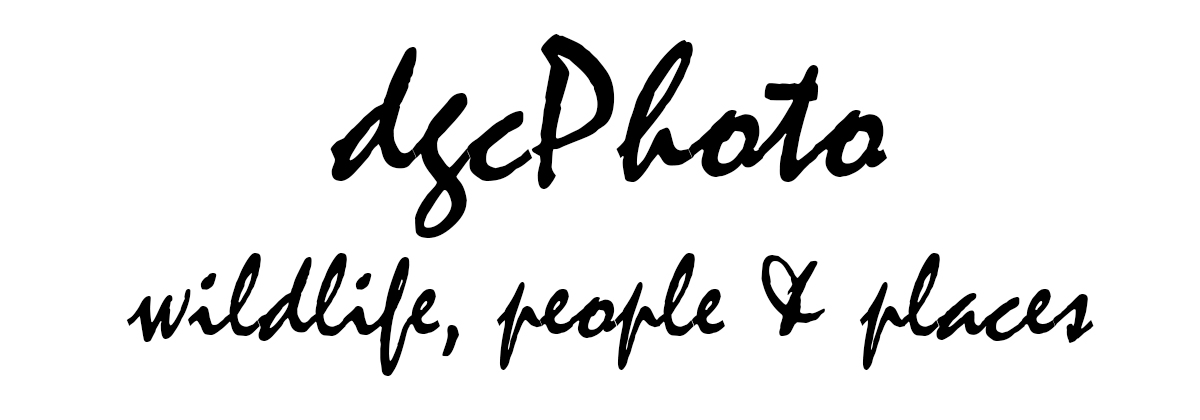by David Clarke | Oct 1, 2012 | All, UK, Wildlife
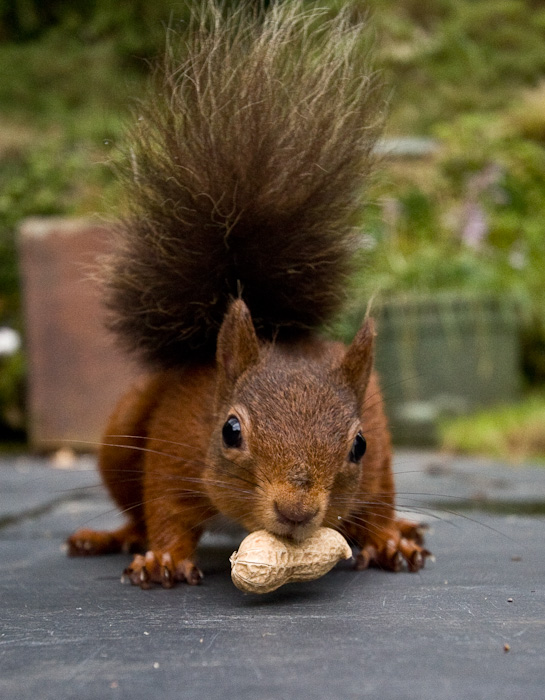
Red squirrels are an endangered species in the UK, their numbers threatened by disease, grey squirrels and habitat loss.
There are still a few places where they are to be found, one of which is the Lake District where this extremely tame fellow lived with a few others in the garden of the house where we were staying.
They all seemed to spend their time collecting nuts from the bird table and burying them around the garden. They certainly had no fear of humans and would join us at the garden table if there was a chance of a nut to be grabbed.
Canon 40D with 10-22mm EFS lens at 22mm; ISO800 1/400 at f4.5
by David Clarke | Sep 26, 2012 | All, Hong Kong, Wildlife
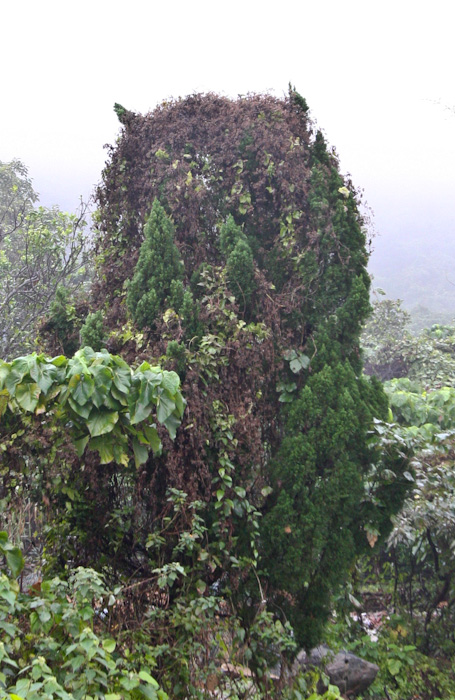
‘Don’t you know? There’s no such thing as a Gruffalo.” So Julia Donaldson’s wonderful story goes, but it isn’t true. Here’s proof that the Gruffalo really exists. It’s alive, well and living disguised as a rather scruffy tree in Big Wave Bay Village, Hong Kong. Normally somewhat obscured by the surrounding countryside, I rumbled it on a misty morning when the background vegetation on the hills was less visible. I took just one shot – I wasn’t prepared to hang around having heard about its terrible teeth and terrible claws…
Canon 40D with Canon EFS 10-22mm lens at 22mm. ISO800 1/400 at f6.3
by David Clarke | Sep 2, 2012 | All, Kenya, Wildlife

One of the most beautiful antelopes in East Africa, the gerenuk (Litocranius walleri), aka Waller’s gazelle, is incredibly shy. Its name derives from the Somali word for ‘long-necked’.
This male was in the Buffalo Springs Game Reserve in Samburu, Kenya and is probably more used to humans than many. He certainly remained inquisitive while keeping a cautious distance, before suddenly turning tail and heading into the bush – the moment captured here.
Canon 1DMkII with a Canon 300mm f2.8L IS lens & Canon 1.4 extender.
ISO 200 420mm f9 at 1/800
by David Clarke | Aug 31, 2012 | All, Italy, Wildlife
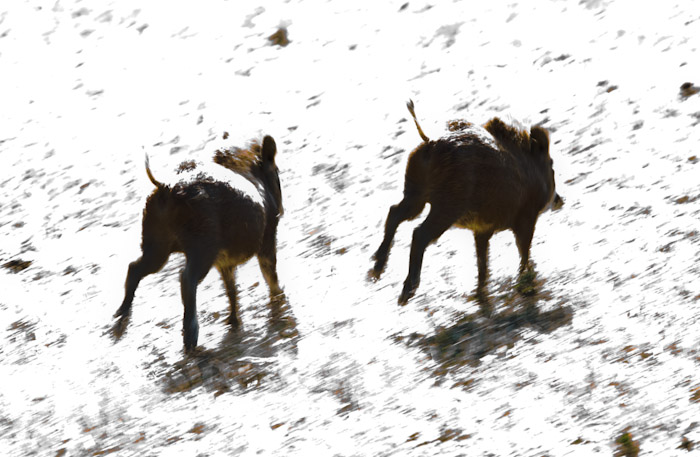
Every year in August, as the summer heat continues and there’s no rain, the wild boar in the woods around us become ever more desperate and ever bolder. We see them daily at the moment in the afternoon, snuffling around the field below our house, and of course we hear them at night. Things will change next month when the hunting season begins.
For this image, I heard them grunting outside the window, grabbed the camera and fired off a few shots, only then to realise that the Canon 40D dial had turned from Av to M and the shots had been very much overexposed. However, rather than delete them, I pulled them back a bit on Lightroom and I think the effect is quite dramatic. Mistakes aren’t always disastrous!
Canon 40D with Canon 300mm f2.8L IS lens and Canon 1.4x extender; ISO 400 f4.5 1/60.
by David Clarke | Aug 27, 2012 | All, Kenya, Wildlife
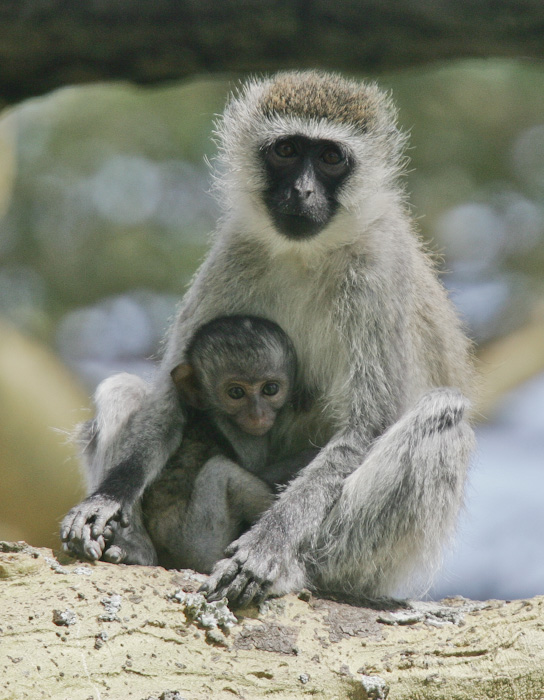
This vervet female with her young offspring were photographed at the Solio Game Reserve in Kenya where there is a thriving population.
Man is the biggest threat to vervet monkeys (Chlorocebus pygerythrus) in the wild.
Notes from the Enkosini Eco Experience website:
In addition to habitat encroachment and urbanization, thousands of vervet monkeys are trapped and sold every year to laboratories worldwide for medical research. Due to the misconception that they destroy fruit crops, vervet monkeys are also systematically eradicated by farmers. In fact, the farming community is responsible for a major portion (73%) of the many orphaned vervet monkey babies that are found in the wild. The vervet monkey is currently listed as a vulnerable species on Appendix Two of CITES (Convention for International Trade in Endangered Species).
Notes from Wikipedia:
The native range of vervet monkeys is sub-Saharan Africa from Senegal and Ethiopia down to South Africa. However, in previous centuries, a number of these monkeys were taken as pets by slavers, and were transported across the Atlantic Ocean to the Caribbean islands. The monkeys subsequently escaped or were released and became naturalized. The descendents of those populations are found on the West Indian islands and there is even a colony in Florida.
Canon 1DMkII with Canon 300mm f2.8L IS lens and Canonx2 extender; ISO 400 f5.6 1/1000.
by David Clarke | Aug 21, 2012 | All, Kenya, Wildlife
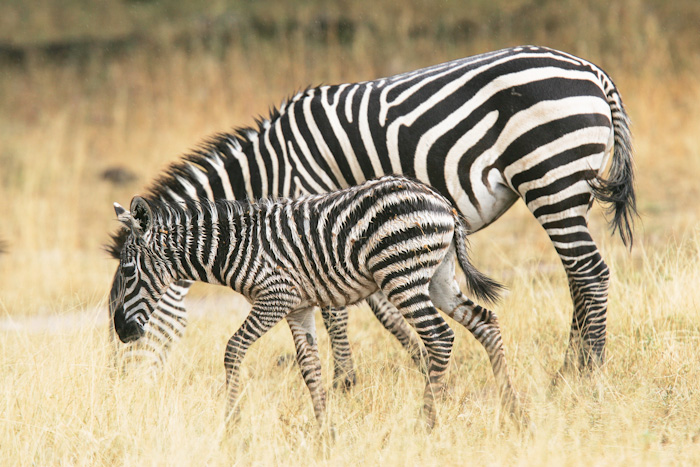
After a sunny morning and lunch by a water hole, the clouds gathered and the heavens opened in Buffalo Springs Game Reserve in northern Kenya. It was Friday 13th!
This young Zebra looked suitably bedraggled as he followed his mother, who was oblivious of the weather and content to continue munching.
Note the perfect alignment of several of the stripes on the necks of the two zebras.
Canon 1DMkII with Canon 300mm f2.8L IS lens and Canon 1.4x extender. ISO 400, 420mm 1/500 at f5.6

